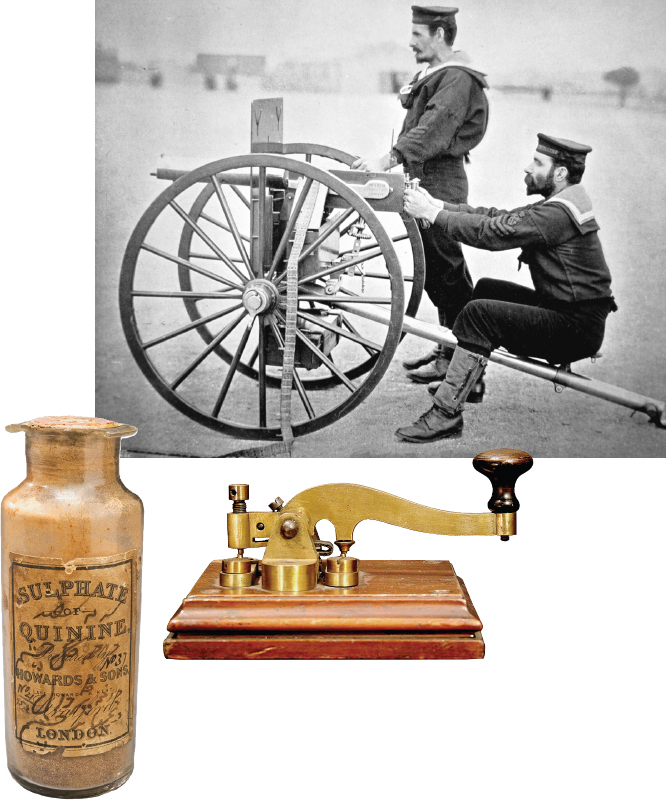What were the causes and consequences of European empire building after 1880?

Tools for Empire BuildingWestern technological advances aided imperialist ambitions in Africa. The Maxim gun was highly mobile and could lay down a continuous barrage that decimated charging enemies, as in the slaughter of Muslim tribesman at the Battle of Omdurman in Sudan. Quinine, first taken around 1850 to prevent the contraction of malaria, enabled Europeans to move safely into the African interior and overwhelm native peoples. And the development of the electromagnetic telegraph in the 1840s permitted rapid long-
WWESTERN EXPANSION INTO AFRICA AND ASIA reached its apex between about 1880 and 1914. In those years the leading European nations sent streams of money and manufactured goods to both continents and also rushed to create or enlarge vast overseas political empires. This frantic activity differed sharply with the limited economic penetration of non-